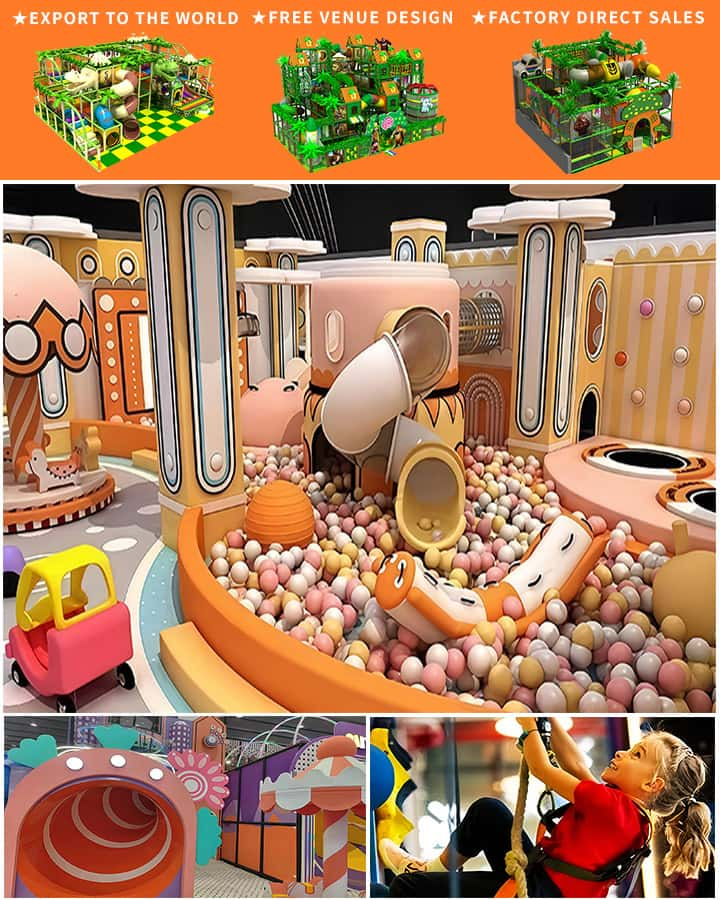Designing an indoor playground tailored for children with autism requires a thoughtful, inclusive approach that accommodates the unique sensory and developmental needs of these children. With the right design elements and considerations in place, such an environment can be both stimulating and safe, offering a space where children can explore, learn, and grow at their own pace.
Sensory-Friendly Design
One of the primary concerns when creating an indoor playground for children with autism is the sensory environment. Many children with autism experience sensory sensitivities, which means they can be overstimulated by bright lights, loud noises, or even certain textures. To mitigate these issues, the playground should feature soft lighting, quieter play areas, and tactile materials that are soothing rather than abrasive.
Incorporating calming colors like pastel shades and using materials with varied but gentle textures can help create a sensory-friendly space. Additionally, soundproofing certain areas can provide a more tranquil environment for those who need it.
Structured yet Flexible Spaces

Children with autism often thrive in structured environments but also benefit from having the flexibility to move around and engage in different activities. The playground layout should balance these needs by providing clearly defined zones for various types of play—such as sensory exploration, physical activity, and quiet time—while still allowing easy movement between them.
Interactive panels, climbing structures, and soft play equipment can offer both stimulation and safety. These elements should be arranged in a way that encourages free movement while also providing opportunities for guided interaction with caregivers or therapists.
Personalized Interaction Areas
Another important aspect is the inclusion of personalized interaction zones where children can engage in social activities or receive one-on-one attention from caregivers or therapists. These areas should be designed to foster communication and social skills development, featuring comfortable seating arrangements, interactive toys, and visual aids to support non-verbal communication.
Having spaces specifically for group activities as well as individual play ensures that each child’s social and personal needs are met. It’s crucial for these areas to be welcoming and non-intimidating, encouraging children to participate willingly.
Safety First
Safety is paramount in any playground, but especially so for children with autism who might have unpredictable behaviors or difficulty navigating complex spaces. The entire playground should be equipped with soft flooring to minimize injury from falls, and all equipment should be securely anchored to prevent tipping or movement that could startle children.
Additionally, clear signage and simple instructions can help children understand what is expected of them in each area of the playground, reducing anxiety and promoting independence.
Conclusion
An indoor playground designed for children with autism is more than just a recreational space; it’s a therapeutic environment that supports their physical, emotional, and cognitive development. By focusing on sensory-friendly design, structured yet flexible spaces, personalized interaction areas, and stringent safety measures, we can create a haven where children with autism feel comfortable, challenged, and joyful. Such an environment not only benefits the children but also provides peace of mind for parents and caregivers, knowing their loved ones are in a supportive and enriching space.




